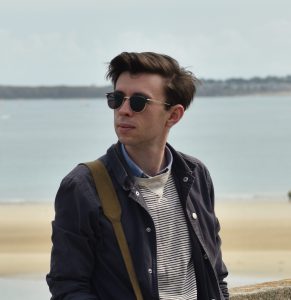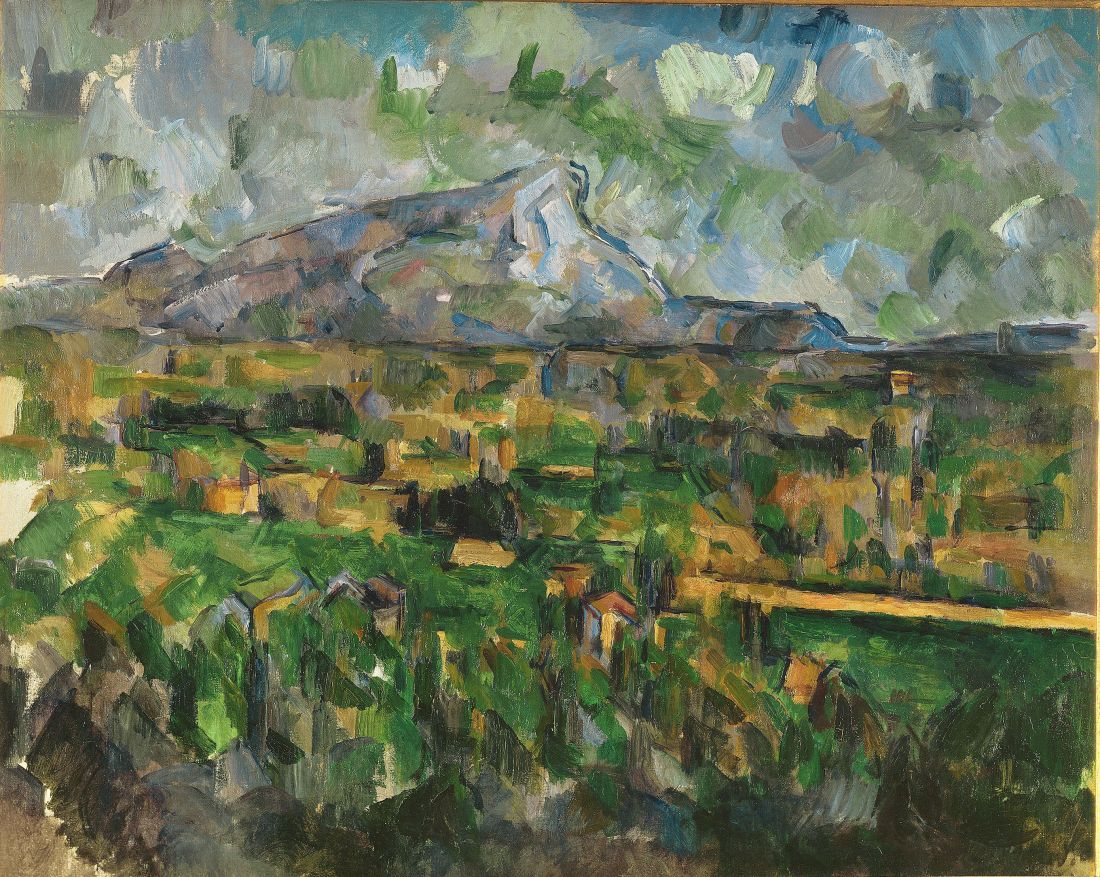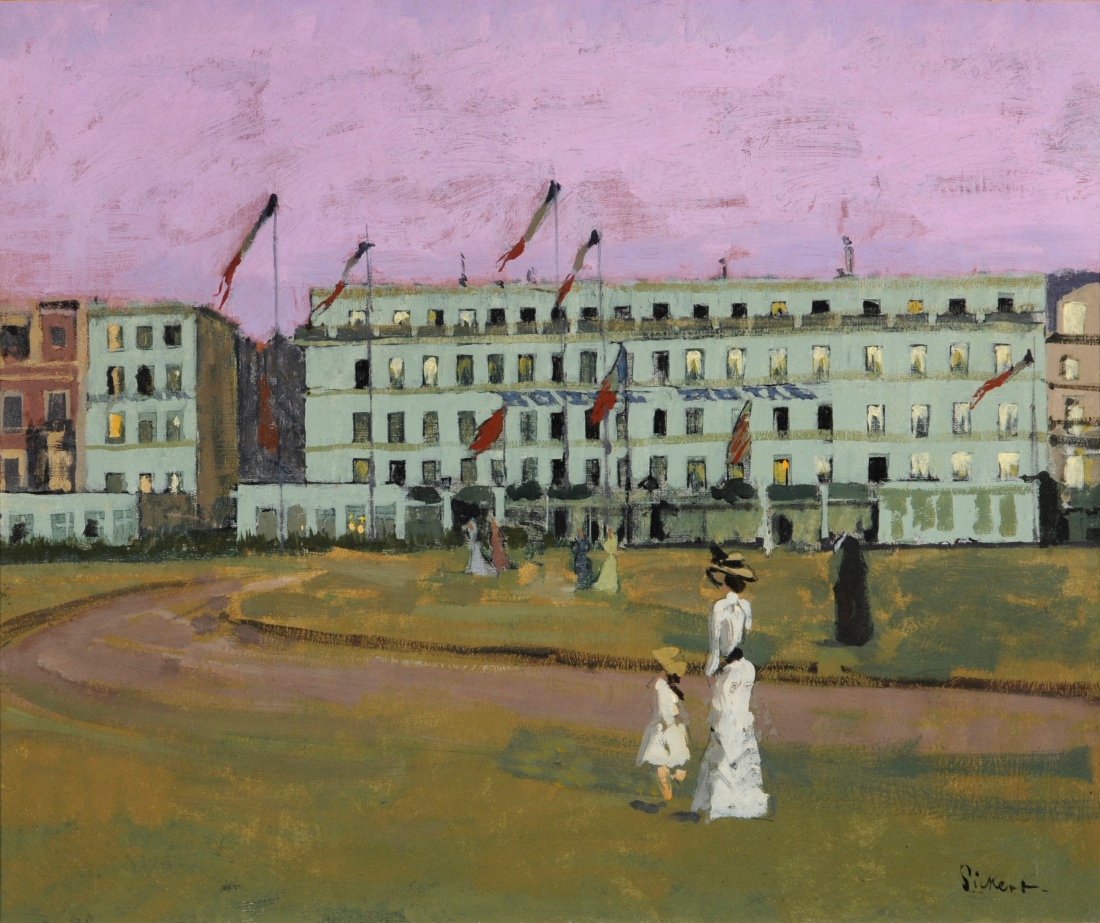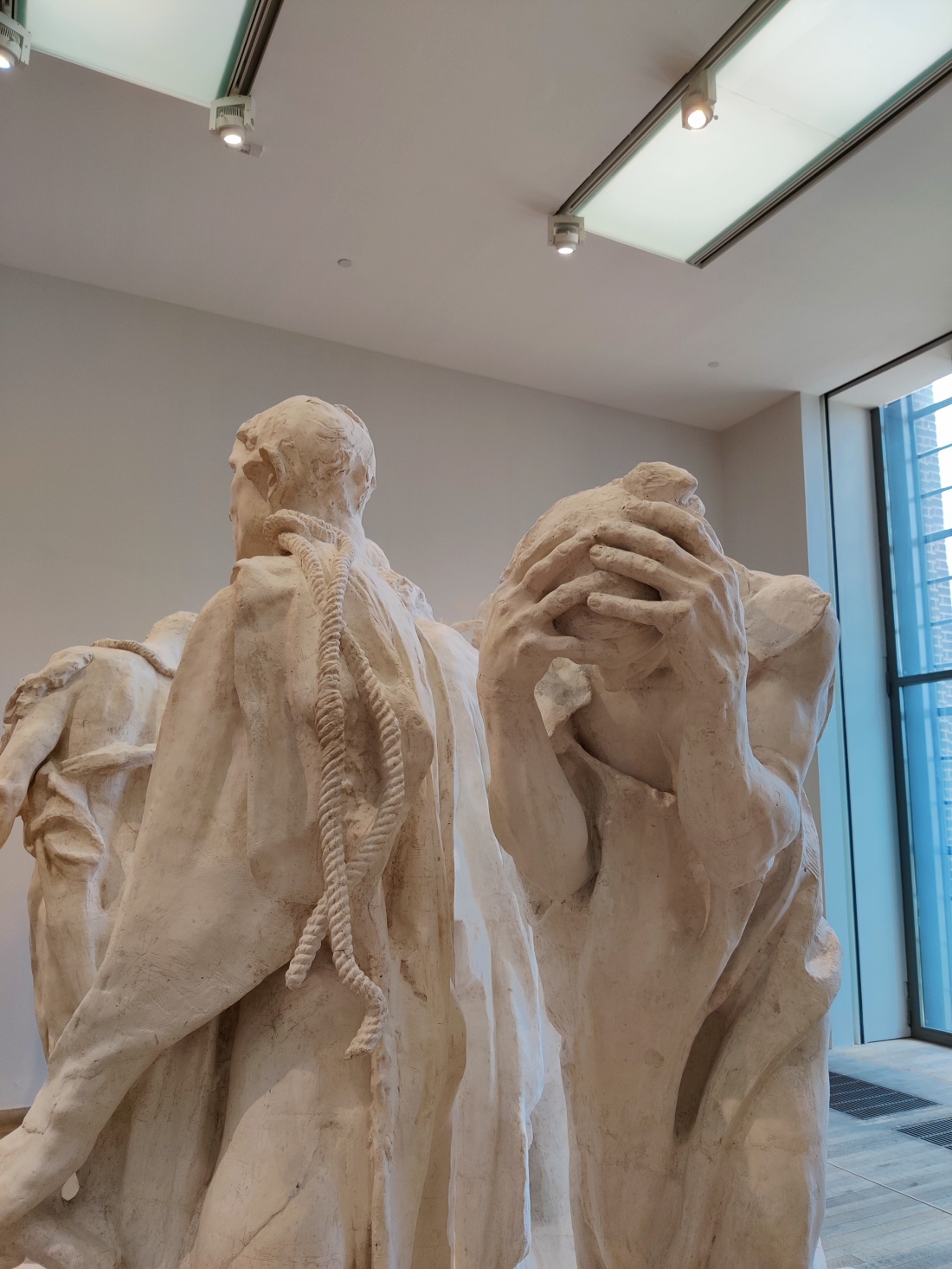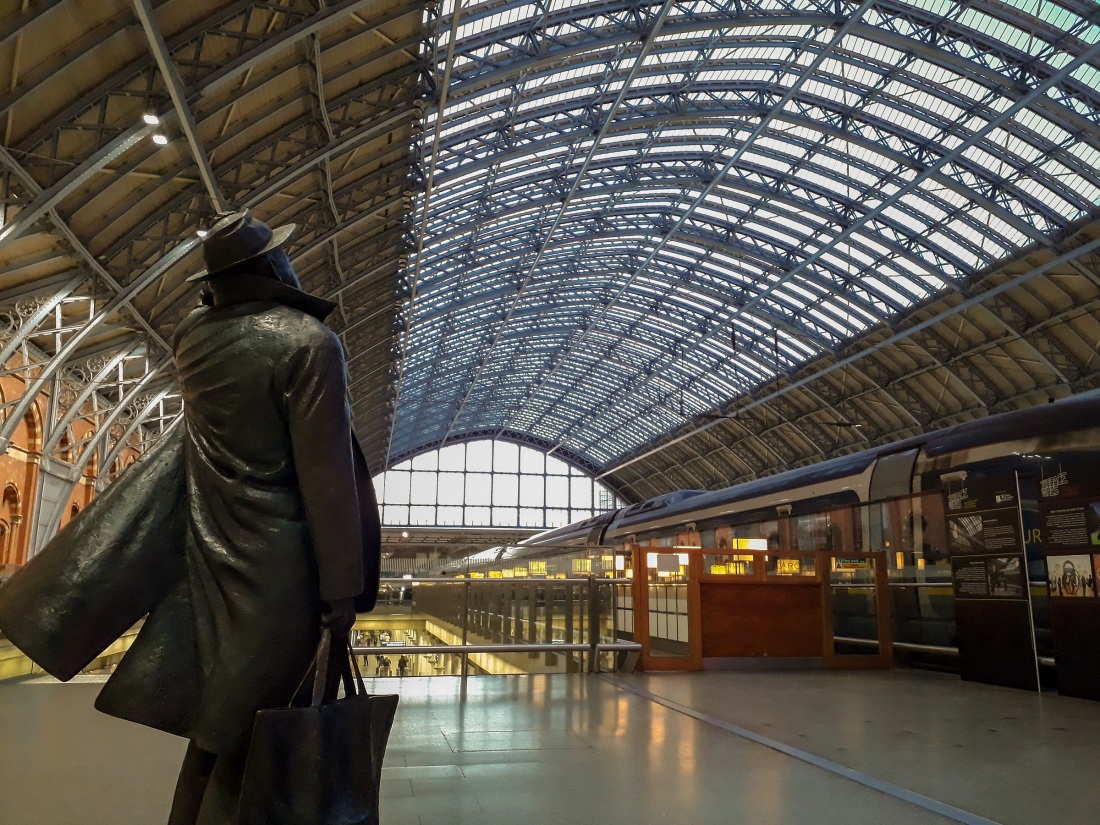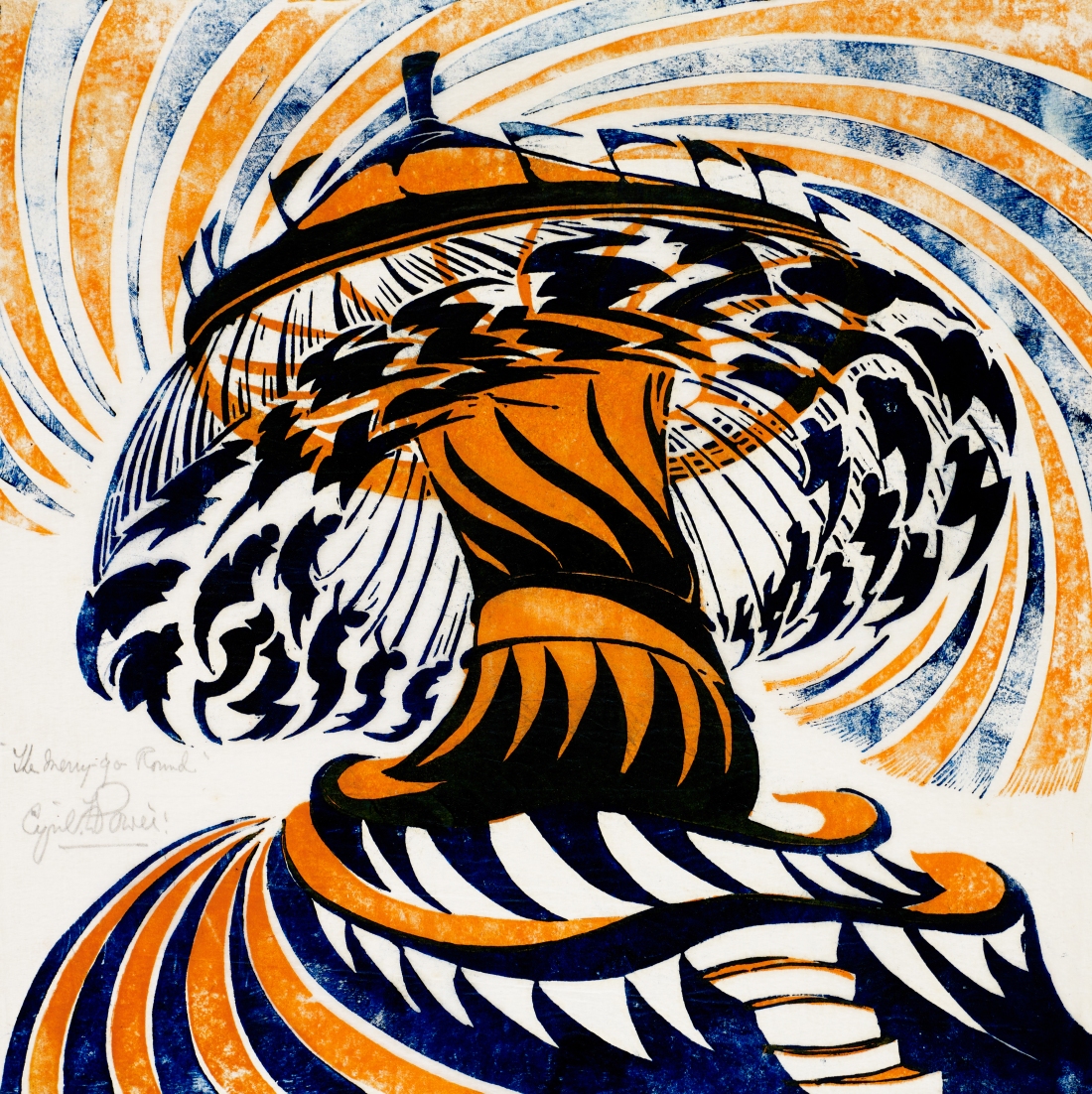Travelling through a still, dead, January landscape to a wintery London to be met with the lively, cicada-filled warmth that radiates from the canvases of Paul Cézanne is a restorative experience. Whilst the country lies in its dormant state, still and unchanging, there is a deep joy to be found in surrounding oneself with the fluttering, flicking leaves, the sultry mistral breezes, and the quiet lapping of diminutive Mediterranean waves that Cézanne mastered in his late age. The Art Institute of Chicago had this large retrospective last year before the works were shipped to the Tate Modern where they currently constitute the winter ‘blockbuster show’ but, whilst my first intention was the review and record this major exhibition, it was a much smaller, quieter show that I saw a day later which brought a certain clarity to the particular way of seeing both artists explore.
Tag: Review
Review – Walter Sickert at Tate Britain: Smoke and Mirrors
★★★★☆: "Walter Sickert is probably one of the most exciting, idiosyncratic, maligned, misunderstood, and captivating artists that Britain has ever produced. His long life and career was made up of ambiguity and contradiction. A British artist born in Germany and trained by American and French painters, an aspiring actor who turned to painting as an alternative medium to tell his stories, and a man who revelled in changing the identities and titles of both himself and his works. The smoke and mirrors that surround his life are probably what led the crime-writer Patricia Cornwell to write an allegedly ‘non-fiction’ and dubiously researched book in 2002 that presented her case for Sickert being the almost mythical serial killer Jack the Ripper. The current retrospective of his works at Tate Britain (until 18th Sept) is mercifully without such slanderous assumptions and presents Sickert as an innovative and experimental painter with a long and varied career."
Review: ‘The Making of Rodin’, Tate Modern
★★★☆☆: After more than a year of semi-solitary existence, interspersed with the occasional out-door meeting with select family and friends, the appearance of other people has become increasingly alien. And with the government mandated distance to be maintained at all times, the usual interactions of hands and arms and the close-up reading of each other's faces have become not only a distant memory but even, at times, a life threatening action. And so, it was a delight to find that my first exhibition visit out of the trap after the (hopefully) final lockdown was one filled with such humanity and tactility.
London Stations: Part Two – Marylebone, Victoria, & St Pancras
This is the second instalment of my ongoing survey of London’s major railway stations - their architecture and their spirit. In part one we examined some of the heavy hitters, Paddington, Euston, and Waterloo, but this time we’re starting with one of the smallest and quietest of all London termini.
Review: Léon Spilliaert at The Royal Academy
★★★★★: Belgium, land of beer, chocolate, charming medieval towns and cosy city breaks. If this is your idea of the diminutive Benelux nation then Léon Spilliaert is here to make you think again. Prepare to be drawn into an intoxicating world of insomniac melancholy that will forever change the way you see the home of Tintin and waffles.
Review: Picasso on Paper at the Royal Academy.
★★★★☆: Works on paper can often be seen as room-filler when a gallery can’t quite muster enough ‘proper works’, paintings and sculptures, to fill their space. They are normally objects that exist primarily in the realm of art historians, tools for them to unlock the secrets of an artist’s grander works. However, in the eternal struggle to find an original angle on that godfather of modernism, Pablo Picasso, the RA have dedicated an enormous show just for his works on and using paper.
Review: Gauguin’s Portraits at The National Gallery
★★★☆☆: Gauguin has been out in the cold for a while now. At this juncture in the twenty-first century, to praise a upper-middle class man who abandoned his family of six to become a painter and who proceeded to fetishise the culture of Polynesia to the point of engaging in sexual relations with minors (in western eyes) and fictionalising their society, seems counter to the direction in which the study of art has been moving.
Review: Antony Gormley at the RA
★★★★☆: 'I like Antony Gormley. I think you would be hard pushed to find someone who didn’t - at the very least they’d be indifferent towards him. And that, in a nutshell, is the issue...'
Review: ‘Cutting Edge: Modernist British Printmaking’ at Dulwich
★★★★★: In these days of uncertainty and crisis, it is refreshing to find a show that explodes with quite so much joy and optimism as this display of modernist British prints at Dulwich. Springing forth from the anxiety ridden 1930’s, the bright colours and geometric forms of these works speak of new hope for a twentieth century Britain and make this exhibition one of the must-see shows of 2019.
Review: Édouard Vuillard at The Holburne
★★★☆☆: It is no coincidence that this show arrives at the end of Tate Modern’s recent Pierre Bonnard retrospective, after all, Vuillard and Bonnard were contemporaries, friends and colleagues. This show represents the Holburne Museum’s attempt at jumping onto the French post-impressionist bandwagon, and, whilst it doesn’t fall entirely short of the mark, one feels it could have done with a little extra thought.
